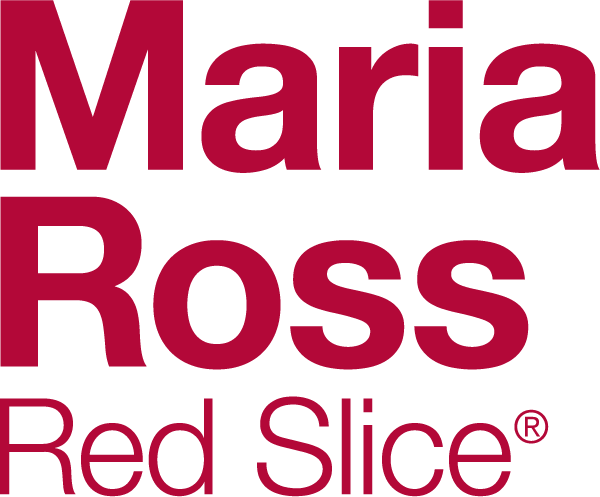As a new book author, I have learned a ton about the publishing industry over the last year or so. I’ve pretty much been riding by the seat of my pants and unspoken rules are revealed to me each day, much like an onion shedding its layers. I used to think publishing a book was fairly straightforward – and it can be if you self-publish and have millions of devoted fans ready to devour your product. But you have to work to get to that point, as Seth Godin just announced: after millions of best-selling books he’s able to bypass the traditional publishing establishment and self-publish direct to his legions of fans.
Sure, anyone can do this. But do they have the base that Seth has to make that a successful proposition? Well, guess it depends on what your goals are and the size of your tribe.
Putting all that aside, I’ve heard a lot of hoopla casting eBooks, Kindles and iPad’s as the assassins to the traditional brick and mortar stores and your lovely independent bookseller around the corner; That publishing as we know it is a dying due to the new vehicles and opportunities that people with good ideas have for spreading their words.
Well, I have a different theory: it’s not these new technologies or shrinking margins that are going to kill the traditional publishing-bookseller industry: it’s going to be their willingness to adapt and get the heck out of their own way. I present my exhibits to the court below.
Is your business suffering from any of these ailments? If so, better change course before it’s too late:
Exhibit A: Refusal to Acknowledge: At the recent 600 person Pacific Northwest Writers Conference, the elephant in the room was self-publishing and alternate options. While the conference focused heavily on how to sell your book, build your marketing platform, etc, two funny things happened: A breakout on alternate publishing forms erupted in a minor mutiny when attendees demanded to know why the conference was focused on the “song and dance of pitching to big agents and editors” but no one was talking about eBooks and self-publishing as credible options. In this session, a so-called book marketing expert even said: “I don’t believe in social media or authors needing websites. It’s a waste of time.”
Is there a market change or customer need that you are ignoring or refusing to see to protect the status quo?
Exhibit B: Refusal to Adapt: In the large editor panel, I asked what they thought about the long time to market when going the traditional route when I was able to publish with an independent press from contract to book in four months? The response: “Given that reviewers want galleys 3-6 months in advance of the publishing date means you’ll always need a long lead time. Plus it helps with quality control and editing.” Really? The reason we are not going to adapt the model is because the REVIEWERS (Publishers Weekly, et al) won’t adapt their models to current market dynamics? By the time my book’s “galleys” were ready, so was the final book!
Are you allowing the tail to wag the dog when it comes to adapting your manufacturing, marketing or distribution model – instead of adapting to what your customers want and need?
Exhibit C: Refusal to Trust: I had to convince my publisher to post an excerpt on Scribd. She said she’d heard bad things about it and forwarded me an article about an author suing them for copyright infringement. I explained that Scribd itself did not pirate the work; someone else must have posted it and that Scribd is just the channel (like YouTube). I also explained why we should get in front of it and post our excerpt ourselves to control the marketing and message. After all, Chapter 1 is already available on the publisher’s website: What’s to stop someone from stealing it from there? At least on Scribd, people will actually see it who would purchase the book. This fear of piracy and infringement is real, but the upside of promoting the full book is so well worth it.
Are there marketing channels (like social media) or new technologies you are ignoring out of fear, when they could be prime ways to reach your customers?
Exhibit D: Refusal to Coordinate: Because my book is a short run printing (my publisher is not Random House and doesn’t print 50,000 at once) it is listed in a separate “small press” database (DB) on Ingram, one of the distributors in the business. This same DB houses self-published and Print on Demand (POD) books, and the retail bookstore chains refuse to carry those, mostly because of the lack of return policies and quality concerns. We had to make it very clear to local booksellers that my book is NOT a POD or self-pub and that it’s 100% returnable to convince them to carry a local author. Borders in downtown Seattle agreed and I just did a signing there; Barnes & Noble, however, marked it as POD in their system and the stores are saying they physically can’t order such books through the system and we have to talk to NY. NY has said they will fix the issue, but that the stores are wrong and can order anything they want. I’ve since learned that basically forward-thinking managers can “go rogue” and order the local authors their customers want but it’s not “policy.” We’re stuck in the middle – trying to give local booksellers great content and signing events to help them boost sales. So now Borders gets me for a signing, while B&N competing down the street can’t get out of their own way. Borders even told me, “People are craving local authors right now – similar to the local food movement!”
Are you not communicating effectively with multiple locations, partners or employees to the point that the only people who lose are your customers? Are your policies getting in the way of you staying competitive or giving your customers what they want?


